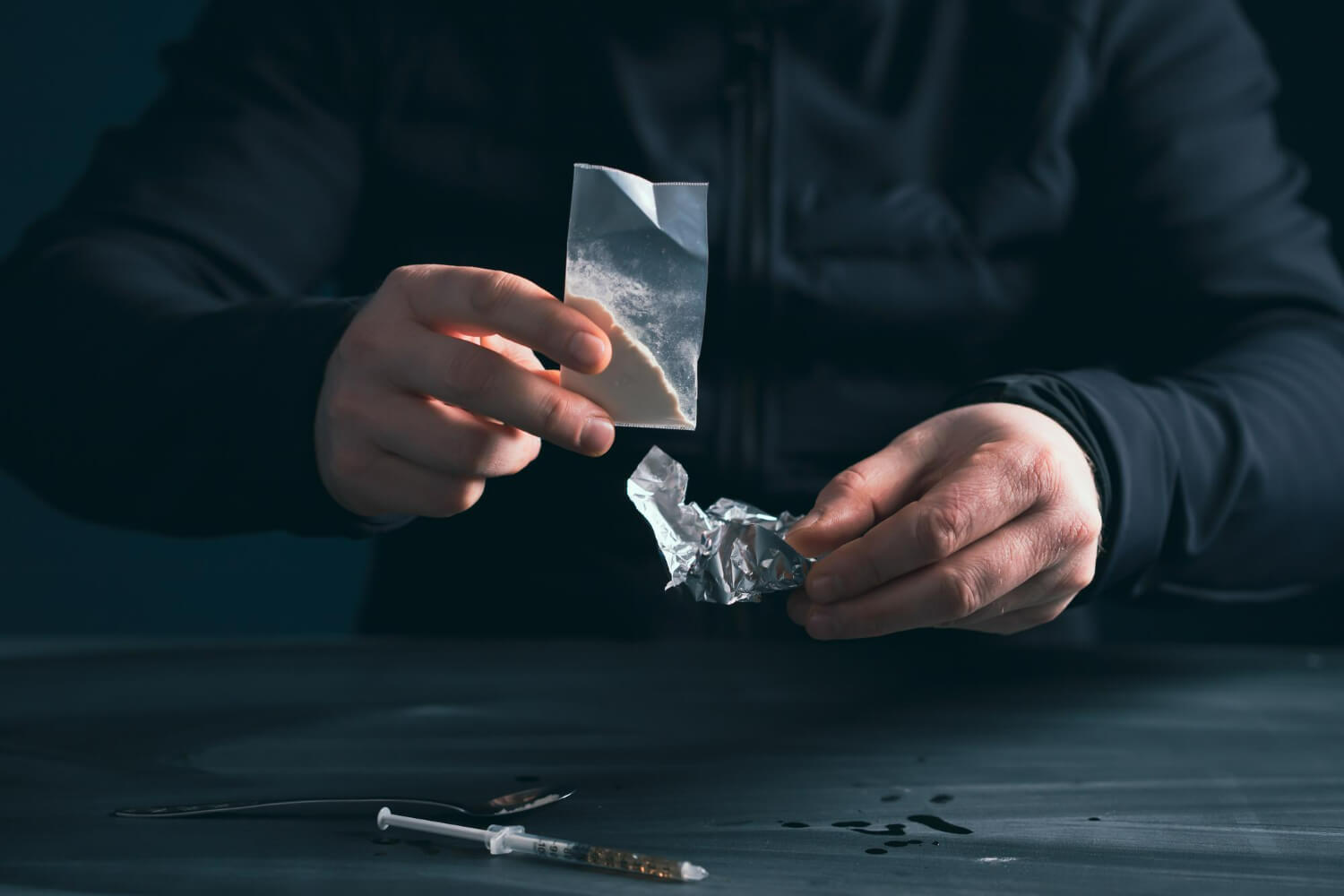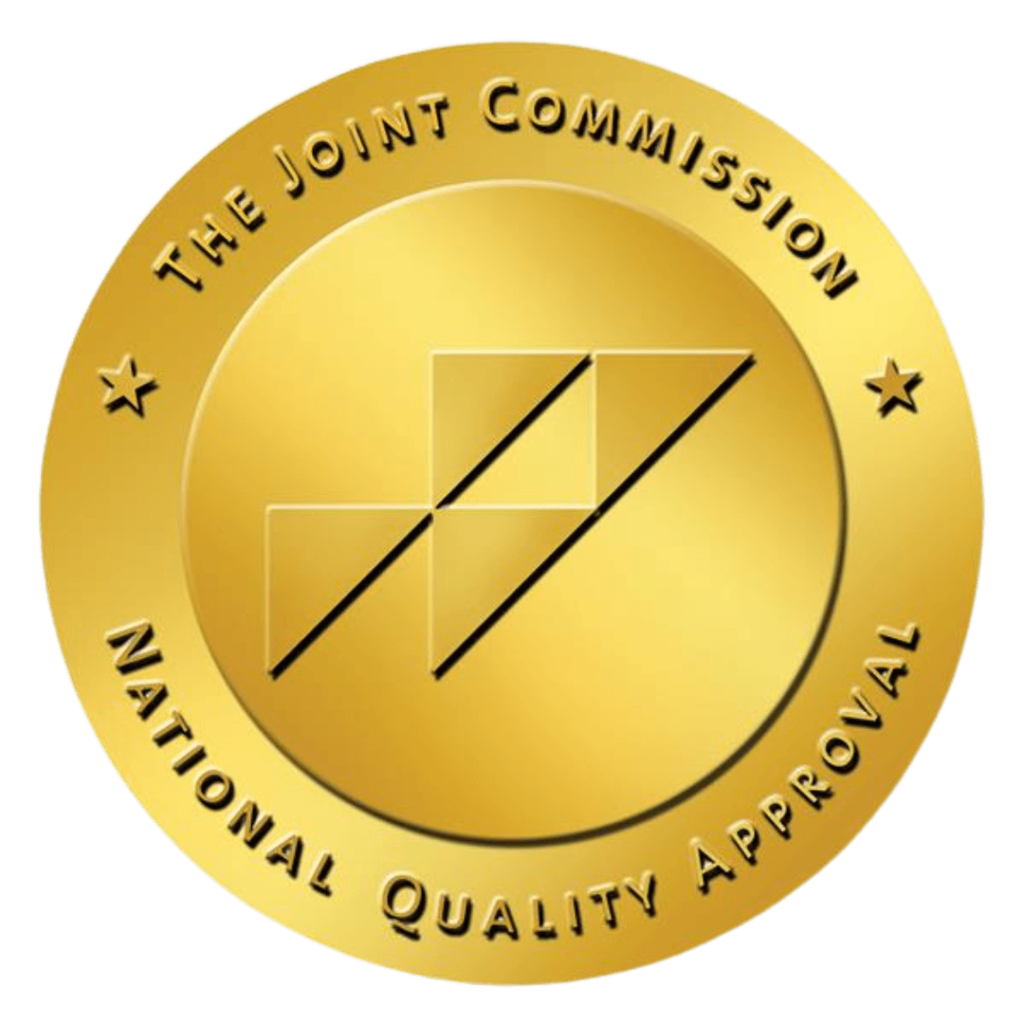
What is Crack?
Crack is a highly addictive, processed form of powdered cocaine. In fact, it’s one of the most dangerous substances tied to stimulant abuse. Without professional support from a trusted crack rehab program, the cycle of use can quickly spiral out of control.
People “cook” powdered cocaine with water and baking soda to create small, crystal-like rocks that resemble off-white or brown pebbles. The name “crack” comes from the popping sound it makes when it’s heated and smoked.
Most people use crack by heating it in a glass pipe and inhaling the vapors. Others may sprinkle it into marijuana or tobacco. The high from crack hits within seconds and typically lasts about 10 to 15 minutes.
Because the high is so short-lived, users often binge, smoking repeatedly over hours or even days to chase the feeling. While the effects fade fast, crack can remain detectable in the body for up to three days.
Crack vs. Cocaine vs. Meth vs. Fentanyl: What’s the Difference?
Crack, cocaine, meth, and fentanyl are all dangerous. However, they act very differently on the body.
Crack, as mentioned, is a smokable form of cocaine that causes a short, intense high. Cocaine in powder form is usually snorted, and the euphoria it brings lasts a bit longer.
On the other hand, meth is a synthetic stimulant that can keep someone high for up to 12 hours. It’s highly addictive and damaging over time. If you’re wondering how to stop meth, treatment usually includes behavioral therapy, routine, and long-term support.
Fentanyl is a synthetic opioid, and it’s far more deadly. Even tiny doses can cause overdose, especially when mixed unknowingly with other drugs. That’s why many rehab centers now offer integrated fentanyl addiction treatment alongside crack and meth programs.
Each drug requires a unique treatment plan, and recovery starts with knowing exactly what you’re up against.
Signs and Symptoms of Crack Addiction
Crack use changes a person quickly; sometimes within weeks. If you’re unsure whether you or someone close to you is addicted to crack, look for these common signs:
- Dilated pupils and bursts of energy
- Burn marks on lips or fingers from glass pipes
- Sudden weight loss and lack of appetite
- Unpredictable or aggressive behavior
- Frequent disappearances or secretive behavior
- Financial problems or selling belongings
- Anxiety, paranoia, or hallucinations
- Neglecting hygiene, responsibilities, or relationships
Crack addiction doesn’t just affect the person using. Additionally, it impacts families, jobs, and even communities. If you notice these signs, reaching out to a trusted crack rehab provider can change everything.
Causes and Risk Factors for Crack Addiction
Crack addiction doesn’t happen in isolation. A mix of personal history, mental health, and environment can all contribute to someone becoming addicted. Understanding these causes helps crack addiction rehab centers craft more effective recovery plans.
Genetics
People with a family history of addiction may have a higher sensitivity to substances like crack. Genetics can influence how the brain responds to dopamine, making drug highs more reinforcing.
Mental Health Conditions
Depression, anxiety, PTSD, and trauma are major drivers of crack use. Many people start using to escape emotional pain, only to find that the drug worsens it over time.
Environment
Growing up in a household or community where drug use is normalized increases the risk of getting addicted to crack. Moreover, stress, instability, and lack of access to mental health support can also prompt someone toward crack use.
Early Drug Use
When people try drugs at a young age, their brains are still developing, making them more likely to form strong, long-lasting habits around substance use.
Stress and Life Circumstances
Homelessness, job loss, violence, and trauma. These are all factors that can contribute to crack addiction. Remember: Crack often becomes a coping mechanism for people in crisis.

Treatment and Programs for Crack Addiction
Treating crack addiction takes more than willpower. More importantly, it takes structure, guidance, and the right kind of support. At our professional crack rehab center, the goal isn’t just to stop using the drug; it’s to rebuild your life from the inside out.
Here’s what that process often looks like:
Detox and Stabilization
Before anything else, the body needs to detox. This step is done under medical supervision to help manage the emotional crash and physical symptoms that come after stopping crack. It’s a tough few days, but with the right care, it becomes manageable. This is where healing begins.
Residential/Inpatient Care
Inpatient crack rehab gives people a chance to step away from everyday triggers and focus fully on recovery. Clients live at the facility for a period of time, follow a daily schedule, and work closely with counselors, therapists, and support staff.
Outpatient Support
Outpatient treatment is a flexible option for those who need ongoing care but also need to stay connected to home or work. It can be a step-down from inpatient care or a primary option for people with strong home support systems.
Therapeutic Approaches
Crack rehab programs often include evidence-based therapies like cognitive behavioral therapy (CBT), motivational enhancement, and trauma-focused counseling. These sessions help people understand their patterns, learn new coping tools, and address the root causes of their addiction.
Whole-Person Support
Recovery isn’t just about staying sober. It’s about creating a life that feels stable and meaningful. Programs may include wellness options like yoga, fitness, family therapy, nutrition planning, and job-readiness coaching. These all aim to help individuals stay on track after treatment.
What to Expect
Walking into crack rehab can feel intimidating, especially if you don’t know what to expect. The good news? You don’t have to figure it out alone. A quality crack addiction treatment program gives you the tools, structure, and support to get your life back.
Here’s what the process typically includes:
- A safe start. Medical detox helps you manage cravings, mood swings, and the crash that comes after stopping crack, all in a supervised, supportive setting.
- Daily routine. Rehab programs provide structure from the moment you wake up to the time you go to sleep, helping you rebuild stability and healthier habits.
- Focused therapy. You’ll meet with counselors to explore what led to the addiction, how to handle stress, and how to build a future without crack.
- Support that lasts. Before you leave, the team helps you build a plan, whether that means sober housing, ongoing therapy, or a strong aftercare strategy.

Does Treatment for Crack Addiction Work?
Yes, treatment works when it’s the right fit. With the structure and support of a quality crack rehab program, people can break the cycle of addiction and rebuild their lives. It’s not easy, but it’s absolutely possible. Plus, you don’t have to do it alone.
Recovery isn’t a quick fix, but it is a real, lifelong change. The sooner you take that first step, the sooner healing can begin.
Reach out today to learn how our personalized program can help you or someone you care about take that first step forward.




